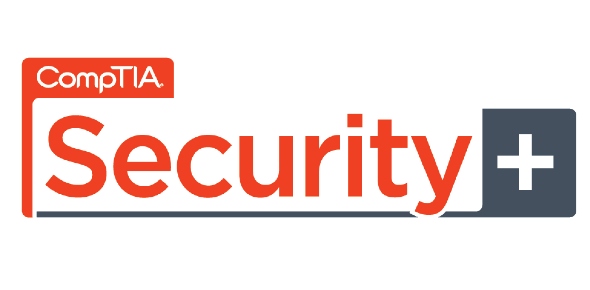Security + Network Infrastructure
- CompTIA Security+
2.
You may optionally provide this to label your report, leaderboard, or certificate.
Submit
×
Thank you for your feedback!
















